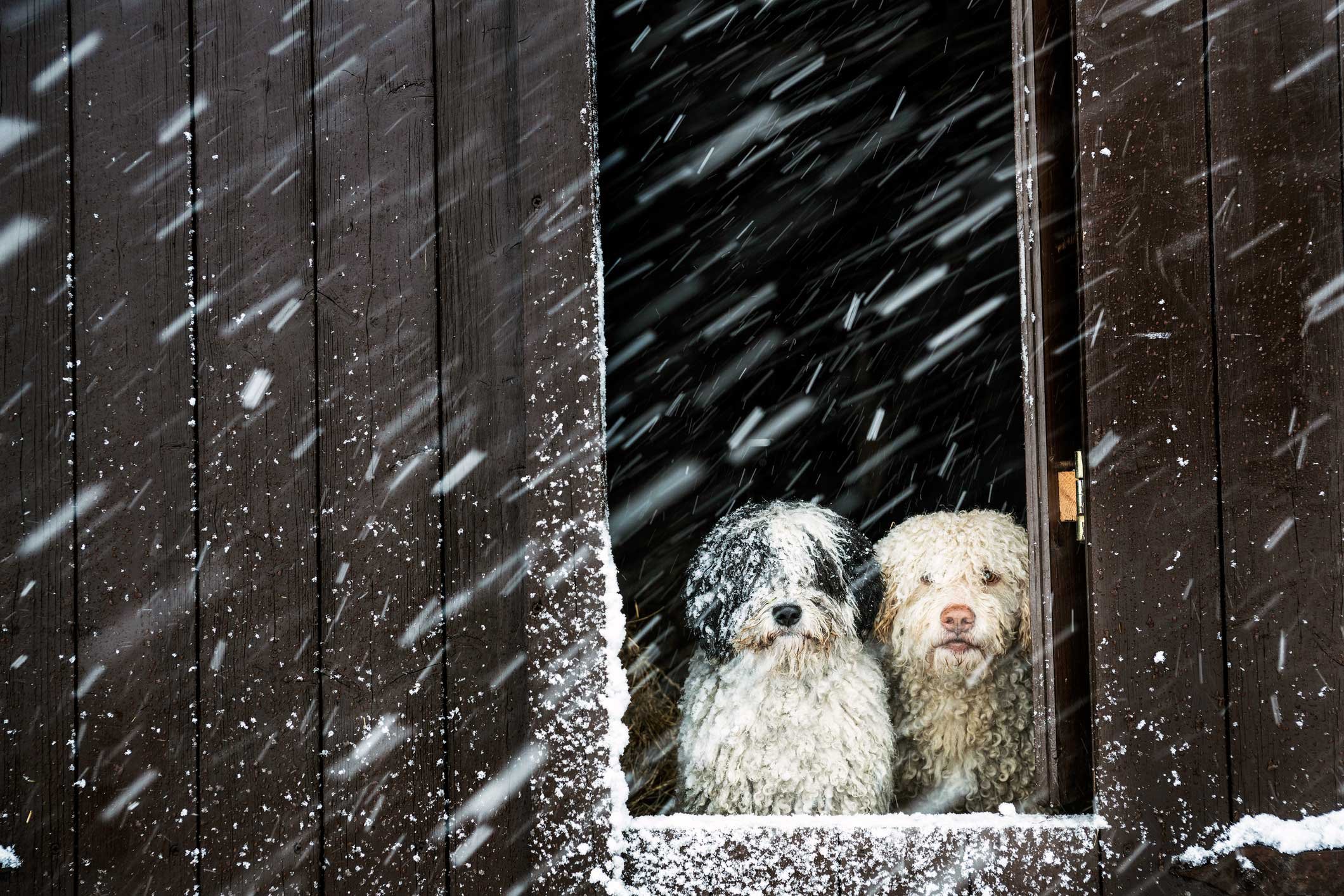Today we’re winter official! For some of us, the season will deliver freezing temps and bone-chillingly high energy costs. If you live in an area that gets a lot colder this time of year, you’re probably familiar with the sinking feeling that takes over when you notice heat escaping through your drafty walls (or feel cold air wafting through your hallway). Fortunately, there are ways you can help your home retain more heat—and your wallet more cash. Just do a little winterizing.
Is Heat Escaping Through the Walls?
One way to keep precious warm air from escaping your home, is by closing up all those little openings in your walls. Look for cracks that are visible outside of your home around windows, doors, and other places where building materials meet and take note of them. Then do the same visual exam of your interior walls. Make additional note of any places where you may feel cold air coming into your home and make sure you can’t see light shining between the cracks of your doors and windows.
There are easy and affordable DIY solutions for sealing every type of crack or gap that needs it. Take the notes from your personal home inspection to a local hardware store where there’s a team of experienced DIYers who can advise you on the products you may need and tips to help you tackle what needs fixing.
If your home seems to be in ship-shape—or you live in an apartment where you can’t do any maintenance on your own—you can also help keep your heating bills in check by using insulating window treatments.
Is Heat Escaping into Your Attic?
A lot of homes experience energy loss because there’s too little insulation in the attic. Heat rises, after all! Attic insulation should be at least 12” deep for homes in the south and 16” deep in the north. Over time (about 15 years), insulation settles, breaks down, or becomes too damaged to do its job properly. Look into having your attic inspected by an insulation company in your area that will do it for free. You can also do a touch-test of your ceiling. If it feels warm and dry to the touch, your insulation is working fine.
Hopefully these simple tips will help you keep warm(er) for less this season regardless of what old man winter sends your way. If an extreme weather event hits your area, you and your family will be extra glad you did some winterizing. If you want to boost your winter weather protection even more, consider investing in a portable generator in case the electricity goes out, or a snow blower that can quickly move snow drifts away from your home in a jiffy.





